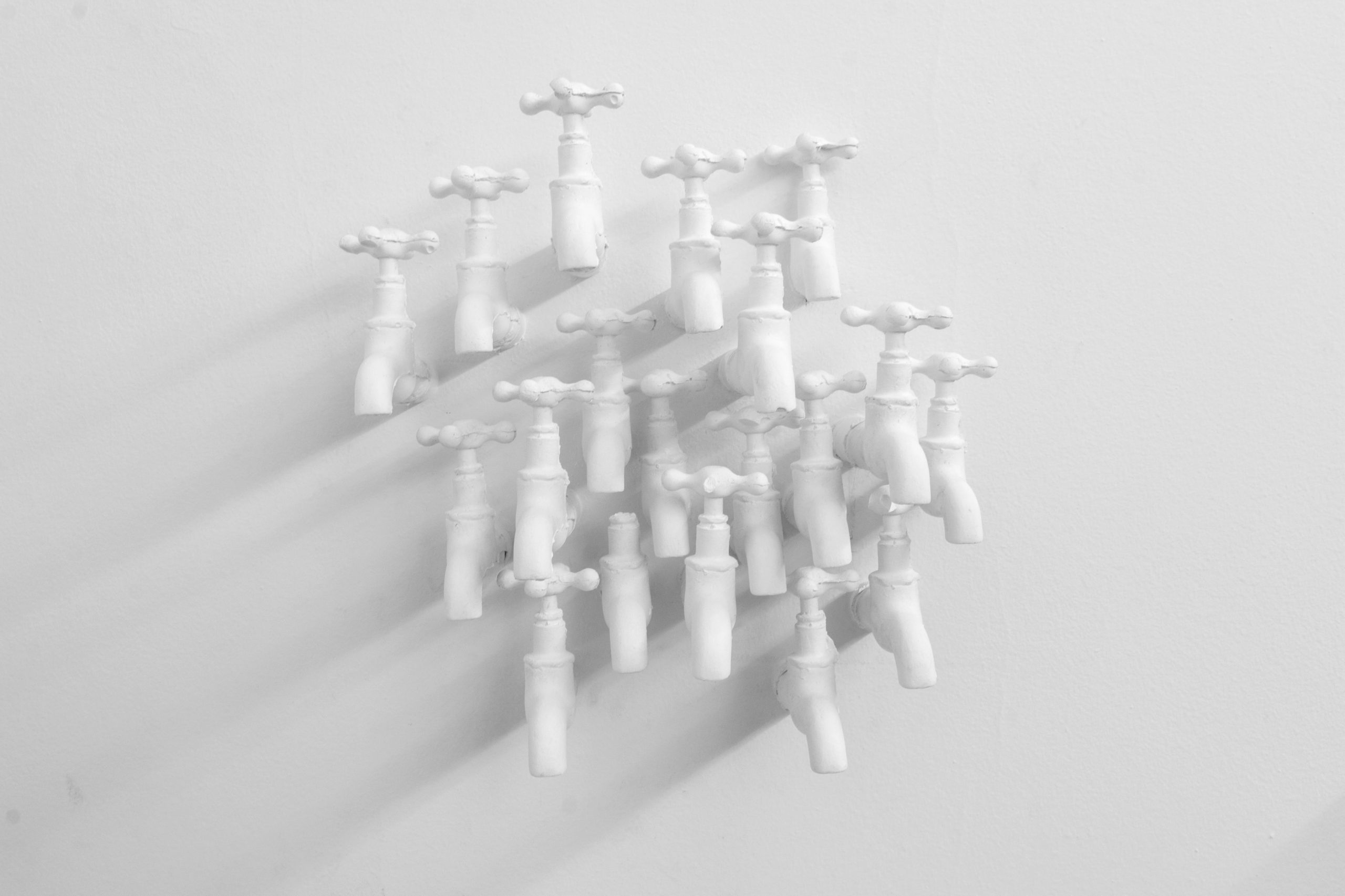(New Haven, 1986) studied Visual Arts at the National University of the Arts where he has been a teacher since 2012. He completed The Fountainhead Residency, in Miami in 2019. He has participated in the Interactive Program in 2013 of Fundación Telefónica, coordinated by Rodrigo Alonso and Mariano Sardón, with a clinic by Ernesto Ballesteros and Rafael Cippolini. He has been selected twice for the Young Art Biennial, in 2013 and 2015. He attended workshops and clinics led by Rafael Cippolini, Valeria González and Silvia Gurfein. In 2017 he was awarded by the same biennial to create a site-specific work exhibited at Centro Cultural Recoleta, a process accompanied by the jury-tutors Marcela Sinclair, Lara Marmor and Patricio Larrambebere. Among his individual exhibitions are: Heritage (Miranda Bosch Gallery, 2019), Separados at birth (MUNAR, 2018), Simiente (Centro Cultural Recoleta, 2017), Self-portrait (La Verdi, 2014). He has also participated in various group exhibitions such as Los bodies (Boulogne Sur Mer art building, 2018), Riss (2017) and Absurdisms (2016) at Miranda Bosch Gallery; General index (Espacio Túcuman, 2015); Phase 4 (CCR, 2012) and Signs of Life (Passage 17, 2012). His work has been recognized at the National Salon of Visual Arts, (Palais de Glace, 2016), at the International Video Art Festival (2016) and at the Williams Foundation Prize for Young Art for Sculpture and Object (2015).
From Santiago Delfino’s first figurative pieces, on a small scale, made of stone or clay extracted from the floor of a patio, to his large abstract and illuminated sculptural groups, built in wood, accompanied by sand, burlap and wheat seeds, Delfino has developed incessant research on the life that nests in objects and their capacity to build environments based on their formal tensions and their social semantics. Thus, the scenarios, artifacts and ready-made repertoires usually combine elements that embed in the exhibition space fragments of domestic imaginaries (such as parquet floors, paintings, work desks, shelves, display cases and dining tables), collected and transformed objects (tassels). , bottles, brooms, plastic cups, glasses, watches) and organic elements (from small rodents and oranges, to seed sprouts). The quality of his installations generates an effect of absolute stillness, as if the scenes had been removed from any chronology and his machines operated outside the productivist logic of the contemporary world. For this reason, his works tend to formulate, at the same time, a strange and suspended narrative and an enigma that leads the viewer to question his relationship with the environment and time.


 Delfino Santiago
Delfino Santiago